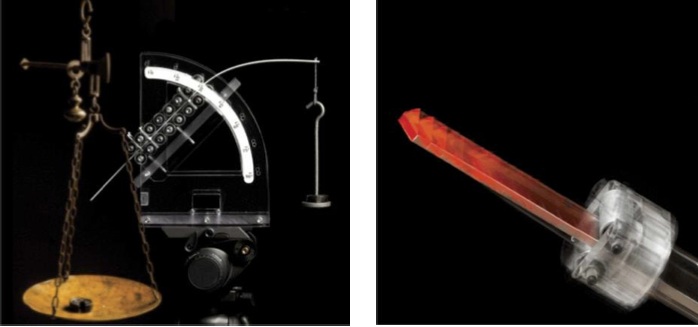Dipartimento di Matematica Guido Castelnuovo, Università Sapienza Roma

Abstract: The problem of an elastic rod deforming in a plane, namely the so-called ‘planar elastica’, has a long history, rooting to Jacob Bernoulli (1654-1705), Daniel Bernoulli (1700-1782), Leonhard Euler (1707-1783), and Pieter van Musschenbroek (1692-1761), but is still actual and rich of applications, sometimes unexpected. The elastica has attracted a great interest in the past and has involved contributions from first-class scientists, including Kirchhoff, Love, and Born. The research on the elastica marked the initiation of the calculus of variations and promoted the development of the theory of elliptic functions. Nowadays the elastica represents a useful introduction to the theory of nonlinear bifurcation and stability, but is also an important tool in the field of soft robotics and in the design of compliant mechanisms. Moreover, the elastica can be effectively used to explain snake or fish locomotion and to design snake-like robots.
In this talk, the theory of a planar, nonlinear elastic rod developed by Euler is used to present new phenomena in which nonlinearities (related to the fact that equilibrium of the rod is reached at large displacements) play a fundamental role.

